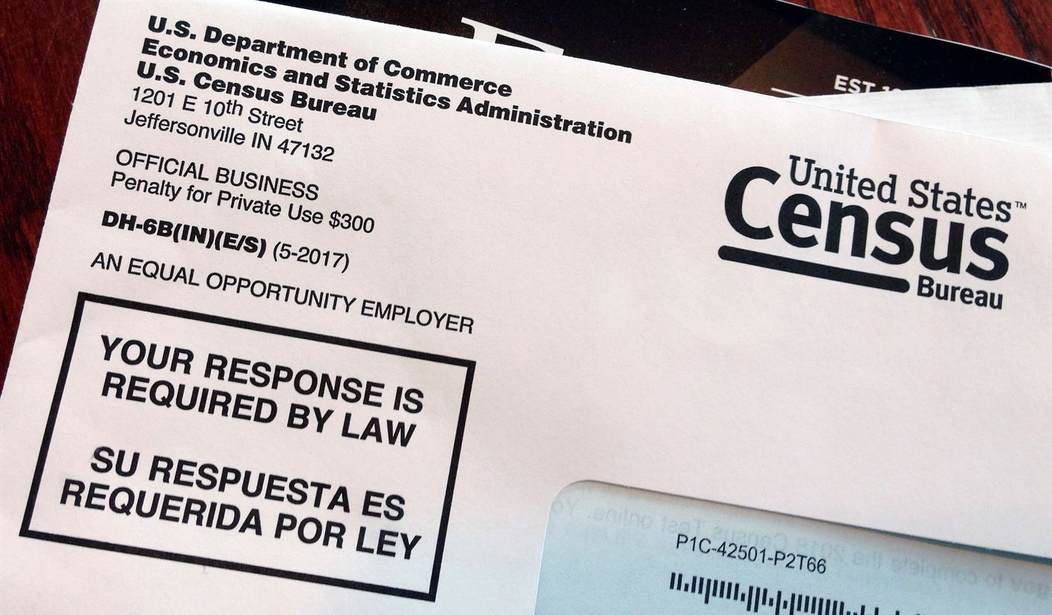The United States government has found another way to divide us. After years of discussions, debate, and public comment, the federal government is changing the way it classifies us by race and ethnicity.
Why?
“As a society, we cannot properly ensure equal rights and protections for all if we are not able to properly identify those impacted by overt and covert discrimination through systemic biases in the first place,” read one comment from an ethnically Egyptian American attorney.
There are two major changes in how the government will classify us. The first is the combining of race and ethnicity. Apparently, Hispanic Americans "don't see themselves" on the census form due to a lack of choices for race.
“Since many Latinos do not see themselves in any of the race categories under the current standards, a large proportion (nearly 44 percent) select ‘Some Other Race’ or skip the race question entirely,” said Meeta Anand, senior director for census and data equity at the Leadership Conference on Civil and Human Rights.
Who knew that "data" was inequitable?
The second big change in classification will be to add “Middle Eastern or North African” (MENA) to government forms. This pleases Arab Americans immensely.
Related: White House Trying to Salvage the Nomination of First Muslim Federal Judge
“The new Standards will have a lasting impact on communities for generations to come, particularly Arab Americans, whose erasure in federal data collection will finally cease,” Maya Berry, executive director of the Arab American Institute, said in a statement.
"Erasure"? They weren't there in the first place so how could they be "erased"?
Sheesh.
The changes are expected to show up on a range of federal data collection forms, including the census surveys that the government sends out every 10 years. They will also be reflected in the American Community Survey, which is conducted more regularly and includes more questions.
Such data guides how federal officials analyze everything from health-care outcomes to the redrawing of congressional districts.
The revised standards go into effect immediately, though agencies have 18 months to devise plans to comply and five years to implement them.
To divvy up a $7 trillion budget, you need as many oppressed races, ethnicities, genders, sexual preferences, and "erased" people as you can get. Otherwise, half the bureaucrats in Washington would be out of a job.
I'm sure they mean well. But we're already a divided nation. Why not work on ways to unite us instead of more ways to divide us?
Karin Orvis, the United States’ chief statistician, said in a Thursday blog post on the White House website that the revision will “enhance our ability to compare information and data across federal agencies, and also to understand how well federal programs serve a diverse America.”
The changes are expected to show up on a range of federal data collection forms, including the census surveys that the government sends out every 10 years. They will also be reflected in the American Community Survey, which is conducted more regularly and includes more questions.
The new data points will be added to the forms used by 35 federal agencies.
Were the changes necessary? I suppose if you're a government manager and mountains of data help you do your job of dishing out government goodies, what's not to like?










Join the conversation as a VIP Member